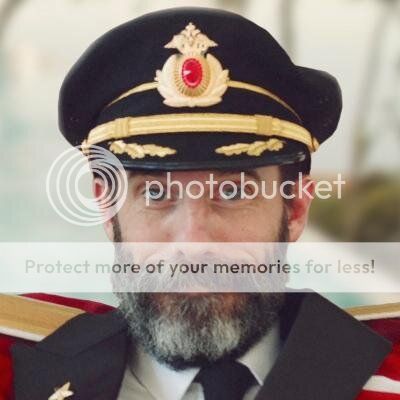After putting quite a few hours on the Grumman, there are no special little secrets, no bad habits where the plane will just fall out of the sky if you don't know some Grumman trick.
Here ya go, no membership required.
Hold the nose off, you should be able to do touch and goes without it ever touching.
Pretend there is a ratchet on the yoke, once you pull it back you cant put it back forward, some idiots complain of PIO in grummans, ain't a PIO problem it's a POS fundamentals of flying problem

Spend 5min playing around taxing with the castoring nose wheel, not rocket science, don't ride the brakes (duh)
When you fuel, angle the nozzle toward the fuselage, otherwise due to the path of the fuel it will spray back at ya, fuel slow.
Don't grab the dash or glass when gettin in, flip the seat up and put your foot there to avoid getting dirt on the seat.
Reset the flap switch after they retract all the way up.






